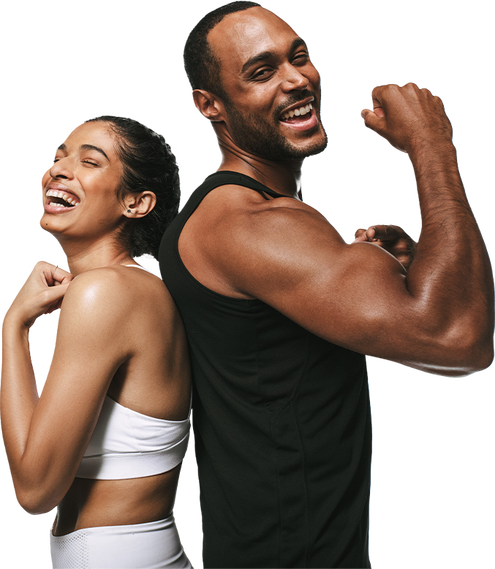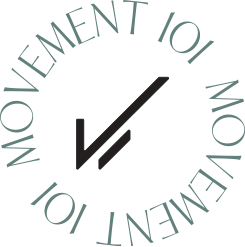|
Click here to Running is one of the most popular fitness activities. In Australia, approximately 8% of the population are currently pounding the pavement. Running is such a popular fitness activity because of its convenience, affordability and health benefits. However, running can frequently cause injuries, often due to overuse and over-training. Hence, it is a common cause of many injuries that I see in the clinic at Cremorne Physio.. Running TechniqueAs injury mechanisms for many overuse injuries are associated with sub-optimal lower limb biomechanics (joint/body position during movement) we should first address what is considered “ideal” running technique. Let’s start from the top:
Head & Neck Look ahead at the horizon, not down at your feet. Keep about a fist distance between your chin and your chest. This will help with your overall running posture and alignment. Shoulders Your upper body works along with you lower body to help drive you forward and accelerate. For ideal posture, your shoulders should remain level and be relatively relaxed while you run (low and loose, not high and tight). As you begin to tire, you may feel that your shoulders begin to creep up towards your ears. If they do, remember to relax and reset the shoulders down and back. Arms Similar to your shoulders, your arms and hands should be relaxed while you run.They should move mostly forward and backwards, between chest and waist height. Do not swing your arms across your body as this creates tension in you back. Your elbows should be at around a 90 degree angle and your hands are unclenched. To keep your hands from clenching imagine yourself trying to carry a playing card in each hand without permanently bending the card. Do not forget to reset and release any tension in your arms and hands while you run. Trunk/Torso Your trunk posture is heavily influenced by your head and upper body positioning. Looking ahead with your shoulders down and relaxed, your trunk and back will naturally straighten. Running in this upright position is also ideal for optimal lung function. Think about “running tall” by imagining yourself as a puppet on a string that is lifted tall from above. If you begin to slouch as you run, take a deep breath in and lift from your head - you will naturally straighten. Hips The proper position of your trunk will help ensure that your hips are in an ideal running position. When your trunk is upright, your hips will naturally point straight ahead. If you lean too far forward during your run, your hips will also tilt forwards. This can cause pressure on your lower back and alter how your lower body moves. Think about tucking your hips back and under and reducing the amount of curve in your lower back. Legs & Stride When you sprint you need to lift your knees high to achieve maximum power through your legs. However, for longer distance runners this is not necessary as it is too hard to maintain for any length of time. To be an effective and efficient endurance runner your need to have a slight knee lift, a quick leg turnover and a short stride length. For an ideal stride length, your feet should land directly underneath your body. As your foot strikes the ground (heel-toe), your knee should be slightly bent to allow for shock absorption during impact. If your knee is completely straight when striding you are taking too big of a step (see next month’s newsletter for more information to correct this). Ankles & Feet To run effectively, you need to push off the ground with maximum force. In each step, your foot should land gently between your heel and midfoot, followed by a quick roll forward onto your toes. Your ankle should remain flexed as you strike the ground and as you roll forwards try to spring forwards off the ground. Your steps should be relatively quiet and springy. If you have any questions or your would like to have a chat I would love to speak to you personally about your running training. I’ll be more than happy to discuss with you further how we can help find the best management for you. LOVE THE WAY YOU FEEL! (Please keep in mind, these are general guidelines for the majority of our patients but it is important to consult with your doctor or physiotherapist first and make sure you have a plan tailored specifically for you). Comments are closed.
|
AuthorWrite something about yourself. No need to be fancy, just an overview. Archives
April 2024
Categories |
|
|
|


 RSS Feed
RSS Feed









